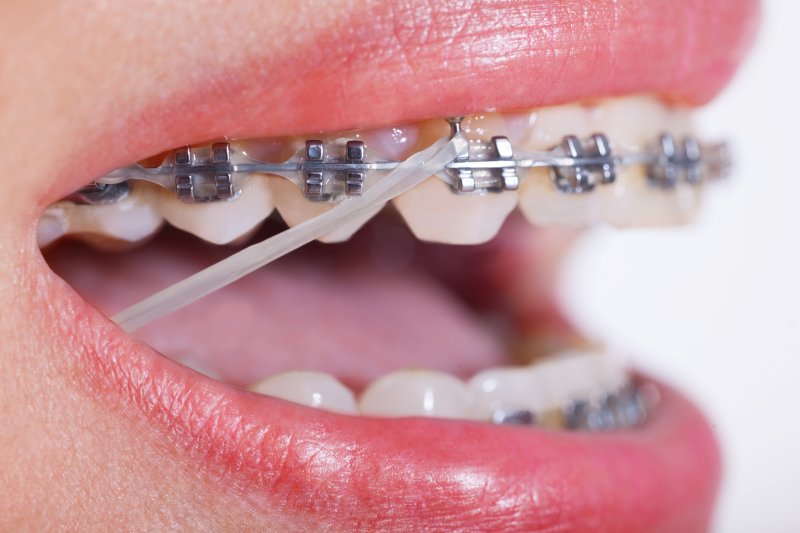
Braces are extremely reliable for treating a variety of complex conditions regarding the alignment of the teeth and jaw. However, they are not always enough on their own. In many cases, rubber bands must be placed on brackets in order to make specific types of corrections. If a patient does end up needing this type of orthodontic treatment, it is important for them to understand the reasons for the rubber bands and how they work to straighten their smile. Details about the function of rubber bands on braces will naturally enhance orthodontic compliance and treatment success!
What Do Rubber Bands Do for Braces?
Braces work by exerting force on the teeth to gradually reposition them. When attached to braces, orthodontic rubber bands increase the amount of force that is being placed on specific parts of the mouth. This is commonly done to help adjust the jaw to correct the bite. Rubber bands are also sometimes used to adjust the spacing or positioning of the teeth. For example, if there is a tooth that is leaning backwards, the use of rubber bands can help straighten it so that it is standing upright.
What Kinds of Rubber Bands are Used?
There are many different types of orthodontic rubber bands. Some exert light, medium, or heavy amounts of force on the teeth as measured in ounces or grams. They also come in a variety of sizes, and they can be made from either latex or synthetic material. One of the most important distinctions, however, is the way they are used, which can be classified as follows.
- Class 1 for closing spaces between the teeth
- Class 2 for correcting overbite
- Class 3 for correcting underbite
- Vertical for correcting open bite
- Cross for correcting crossbite
In short, the type of rubber band used should be carefully selected by your orthodontist in Aurora depending on the nature of the changes needed.
When Will the Orthodontist Start Using Rubber Bands on Braces?
Not all orthodontic treatments involving braces will require rubber bands, but if needed, they will be placed at various points on the braces depending on the patient’s needs. They can be used relatively early just as the braces have been adjusted only a few times. In other cases, they may be used nearing the end of or throughout treatment.
Patients with braces should speak to their orthodontist in Aurora to discuss the possible use of rubber bands at some point during the process as well as what they will need to do to wear them properly. Being aware of the role rubber bands play in helping to make orthodontic corrections helps ensure a successful treatment plan with minimal complications.
About the Practice
At Grand Dental – Aurora, patients enjoy the benefits of having an entire team of specialists to take care of their smiles, including an orthodontist. To help you overcome a variety of alignment problems, we can provide braces along with orthodontic rubber bands as part of your fully personalized treatment. If you or someone in your family is in need of orthodontic care, make an appointment with us by visiting our website or calling (630) 898-3610.
